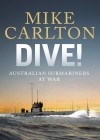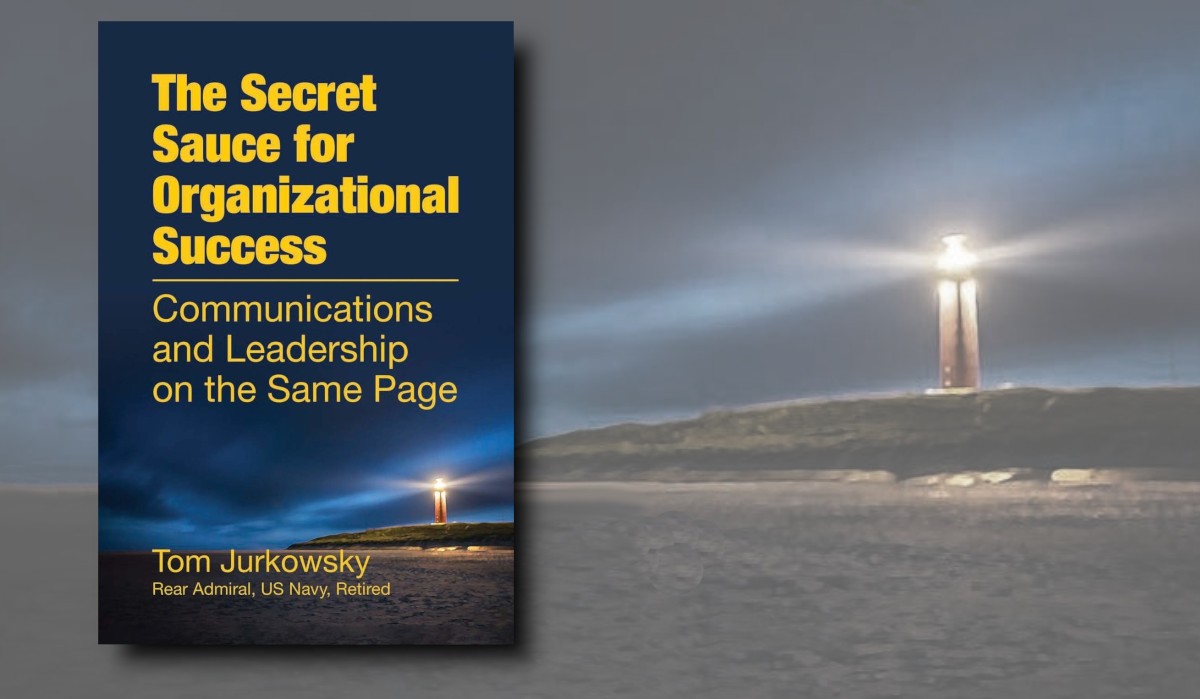Penguin 2024, 480 pp $45.00
Hardback ISBN: 9781761342882
Author: Mike Carlton
Reviewed By: John Nash
Mike Carlton has now written five books on Australian naval history, focused on the Royal Australian Navy (RAN) in both the World Wars. His latest work is Dive! Australian Submariners at War, which starts by looking at the history of Australian submarines and submariners in the World Wars, and then branches out into more modern history. It is a topical work given submarines are a regular news item with AUKUS. Moreover, the Chief of Navy, Vice Admiral Mark Hammond, himself a submariner, has leant his support to the book and written the foreword. Like all of Carlton’s work, this book is eminently readable and focuses very heavily on the human stories in war.
Carlton begins with an introduction on the history of submarines, including the debates around them as a weapon of war. It is a very informative and engaging start to the topic, especially as it relates to the Royal Navy context that shaped Australia’s acquisition of submarines just prior to the outbreak of World War I. This was an important acquisition, and one that ensured that the newly created RAN Fleet Unit was as modern as could be in its composition.
In Chapters Two and Three, Carlton gives the background on the acquisition, build, training and long journey that HMAS AE1 and AE2 took from Portsmouth to Sydney. These two submarines arrived in Sydney in late May 1914 after a 21,000 km journey taking 83 days.[1] A mere one month later came the assassination of the Austrian Archduke Franz Ferdinand – who had actually visited Australia in 1893 – and the rapid devolution of the situation in Europe into war.[2] Far from being comfortably removed from danger, Australia was threatened by the German East Asia Squadron, based out of Tsingtao (modern day Qingdao), in China, which had access to German coaling stations and bases around the Pacific. For Australia, the most dangerous of these was located in German New Guinea at Rabaul. Chapter Four examines the strategic situation for Australia in the Pacific at the outbreak of war and the formation of the Australian Naval and Military Expeditionary Force (ANMEF). The naval escort included both RAN submarines, and Chapter Five is concerned with the loss of AE1 in the waters off Rabaul. This is followed by three chapters on the exploits and fate of AE2 and its crew during the Dardanelles campaign of 1915. At all stages, Carton deftly weaves human stories in with the strategic context of the time.
World War II is a more difficult war for Carlton to explore for a simple reason: the RAN had no submarines in its fleet. The subtle hint in the title of the book Submariners at war underscores the fact that, although the RAN had no submarines during this period, many RAN personnel were trained as submariners and served with the Royal Navy. That Australian submariners were so disaggregated during the war makes it all the more important that Carlton has brought together their stories.
Chapters 13 and 14 deal with Australian participation in the daring attack on the German battleship Tirpitz, hidden away in a Norwegian fjord, poised to threaten Artic convoys. The British solution was to borrow from the Italian unconventional warfare playbook and employ small underwater craft to sneak into harbours and plant explosives on ships where they were most vulnerable. However, the ranges and conditions involved were much more complicated than those of the Mediterranean and so the British developed a mini-submarine, known as X-Craft. Five Australians went to HMS Varbel to train on these craft.[3] Aside from the attack on Tirpitz, other important roles included beach reconnaissance for the Overlord landings in Normandy in 1944, before the craft were shipped over to the Pacific for service with the British Pacific Fleet in 1945. Here they demonstrated one of the more clandestine capabilities of submarines, being used to cut underwater communications cables from Tokyo to Hong Kong and then Saigon, and one from Singapore to Saigon that were being used by the Japanese. By cutting these cables, the Japanese were forced to communicate in the open via radio, using codes that Allied intelligence had broken.[4] The disruption of undersea cables remains a salient issues in the modern world, and a task for which submarines are still suited to conduct.
Carlton is on less solid ground when it comes to the post-World War II chapters. This is largely a source issue, especially in the decades after the 1960s where submarine operations have been kept close-hold and available records are sparse. The discussion on the introduction of the Oberon class submarines into RAN service is a little disjointed, and key primary and secondary sources are overlooked which would have enriched the story, especially early considerations of acquiring nuclear-powered submarines in the 1960s.[5] The acquisition the ‘O-Boats’ was significant, for two reasons. Firstly, it returned a critical submarine capability to the RAN after almost four decades, a potent capability no navy should be without. Secondly, their introduction into service proved very effective: the RAN went from having no submarines to having four of the most modern conventional submarines within the space of a decade, with deep assistance from the Royal Navy and the US Navy. This was a far more difficult transition than current efforts to change propulsion systems.
Carlton gives life to the ‘silent service’ and illuminates many of the great stories and exploits of RAN submariners over the years. He has pieced together enough information to give a solid understanding of how the Oberons played an important role in Australia’s Cold War strategy, conducting critical intelligence surveillance and reconnaissance (ISR). Carlton finishes with a retrospective ‘In Memoriam’ chapter, which also details the discovery of the wreck of AE1 on 20 December 2017.
Several core themes emerge from Carlton’s examination of Australian submarine operations. The first (and perhaps most obvious) is that submarines have been an important weapon of war for more than a hundred years. Like most weapons of war, they have become more capable and more complex, especially with the introduction of nuclear propulsion. Another key theme is the ability of submarines to impart asymmetric advantage. Importantly, submarines are incredibly potent ISR assets, in peacetime and in war. Submarines are an exquisite and an expansive capability, one which any navy seeking to be remotely effective in the modern world must operate.
Dive! is a worthwhile read for anyone unfamiliar with the history of Australian submarine operations. It is engaging and informative, and a salutary reminder that submarines remain a critical capability for the Australian Defence Force, both as a weapon in war but also as an effective deterrent asset.
Endnotes
[1] Carlton, Mike, Dive! Australian Submariners at War, Penguin, Sydney 2024, p. 55.
[2] He had been taken Kangaroo hunting out past the Blue Mountains. Carlton, Mike, Dive! Australian Submariners at War, 2024, p. 59.
[3] Carlton, Dive! Australian Submariners at War, 2024, pp. 242-4.
[4] Carlton, Dive! Australian Submariners at War, 2024, pp. 326-7.
[5] For instance, see: Nash, John, ‘Nuclear-Powered Submarines for Australia: Origin Stories’, Sea Power Centre Australia, 2022: https://seapower.navy.gov.au/media-room/publications/nuclear-powered-submarines-australia-origin-stories; Nash, John, ‘4th Royal Navy Squadron: Introduction of the Oberons’, Sea Power Centre Australia, 2023: https://seapower.navy.gov.au/media-room/publications/4th-royal-navy-squadron-introduction-oberons




